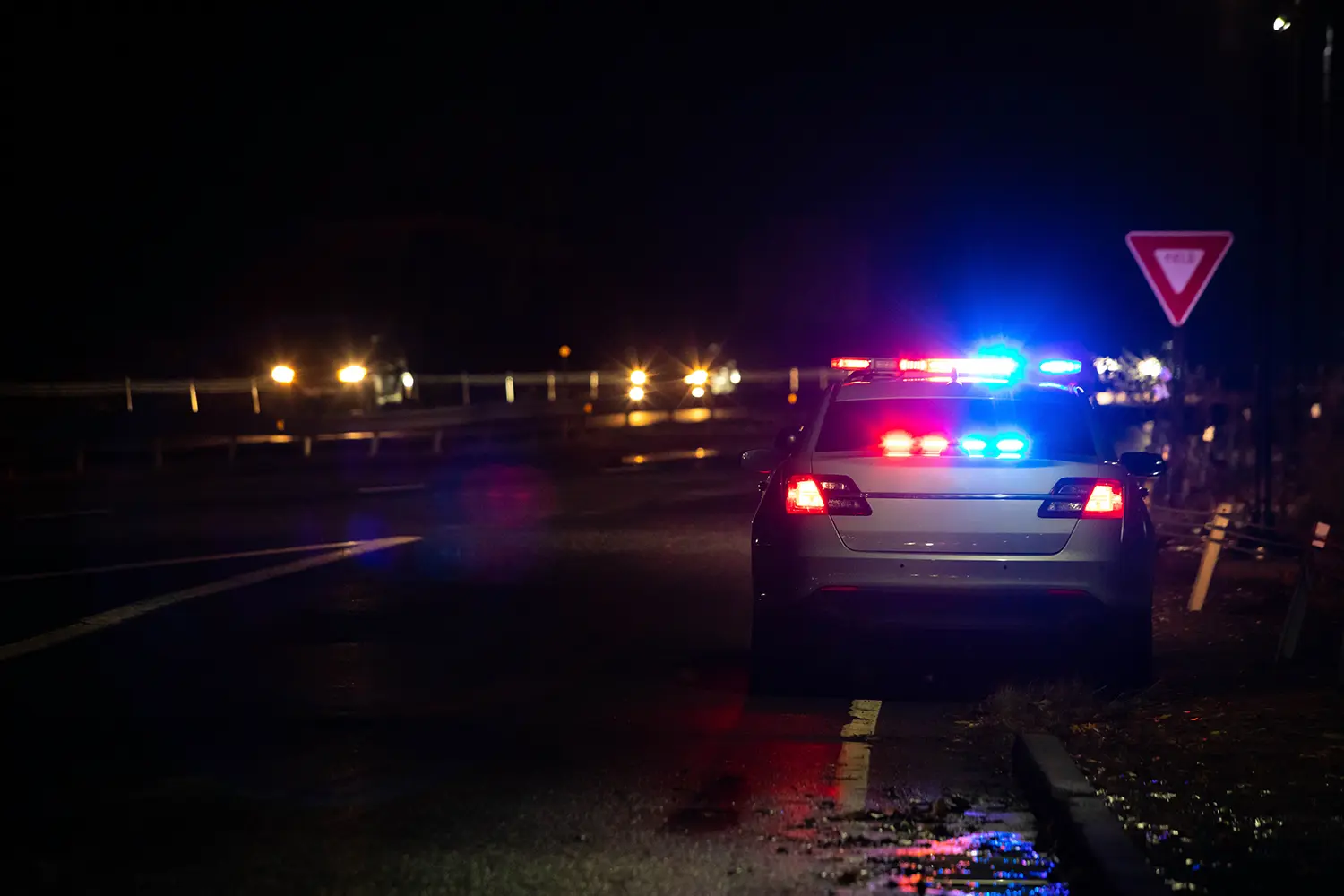“If you see troubles coming down the road, you can be sure that nine will run into the ditch before they reach you.”
CALVIN COOLIDGE US President 1923 – 1929
- traffic to the rear is very close
- pedestrians on the right side are approaching the crosswalk
- a vehicle ahead from the adjacent lane suddenly goes into our lane
- the traffic light changes to yellow, and the car to our right blasts the horn
- I don’t know when to brake to catch the yellow and when to keep going to run thru the yellow
- one pedestrian is running toward the roadway on the other side
Beginner drivers often attempt to respond to every possible event. Typically they stop suddenly or panic and try to race around. The classic fight or flight response.
But there is a third path. Slowing down earlier gives you more time to decide and process events. It also provides the hazard with time to resolve itself.
Many issues will be gone before we get there. Slowing down helps everyone involved
A stationary vehicle is stopped blocking our lane with its hazard lights on.
- Stop the car dead and wait until they move.
- Hurry around them and run right past quickly.
Response 1 is typical for new drivers who do not know how to respond or don’t feel equipped to respond.
Response 2 is what the majority in a hurry do. Many new drivers attempt to follow this pattern trying to copy the experienced movement but lack the skill to make it smooth and safe, resulting in overdriving their vision.
“If you see troubles coming down the road, you can be sure that nine will run into the ditch before they reach you.”
CALVIN COOLIDGE US President 1923 – 1929
I see this event appear a dozen times a week when teaching. If you stay in your lane and slow down and continue to approach the stationary vehicle, more times than not, the stationary vehicle, after seeing your approach, or hearing your car coming, will move out of the way, knowing that they are in the wrong. That rush from the social pressure works both ways. You staying the correct path and going straight toward them often ignites their social responsibility to move out of the way!
If they do not move, it’s okay. You carefully and legally signal, check the path into the head-on lane you intend to take, clear your rear and blindsided, and carefully go around the object.
Simple. Safe. Calm.





Comments are closed